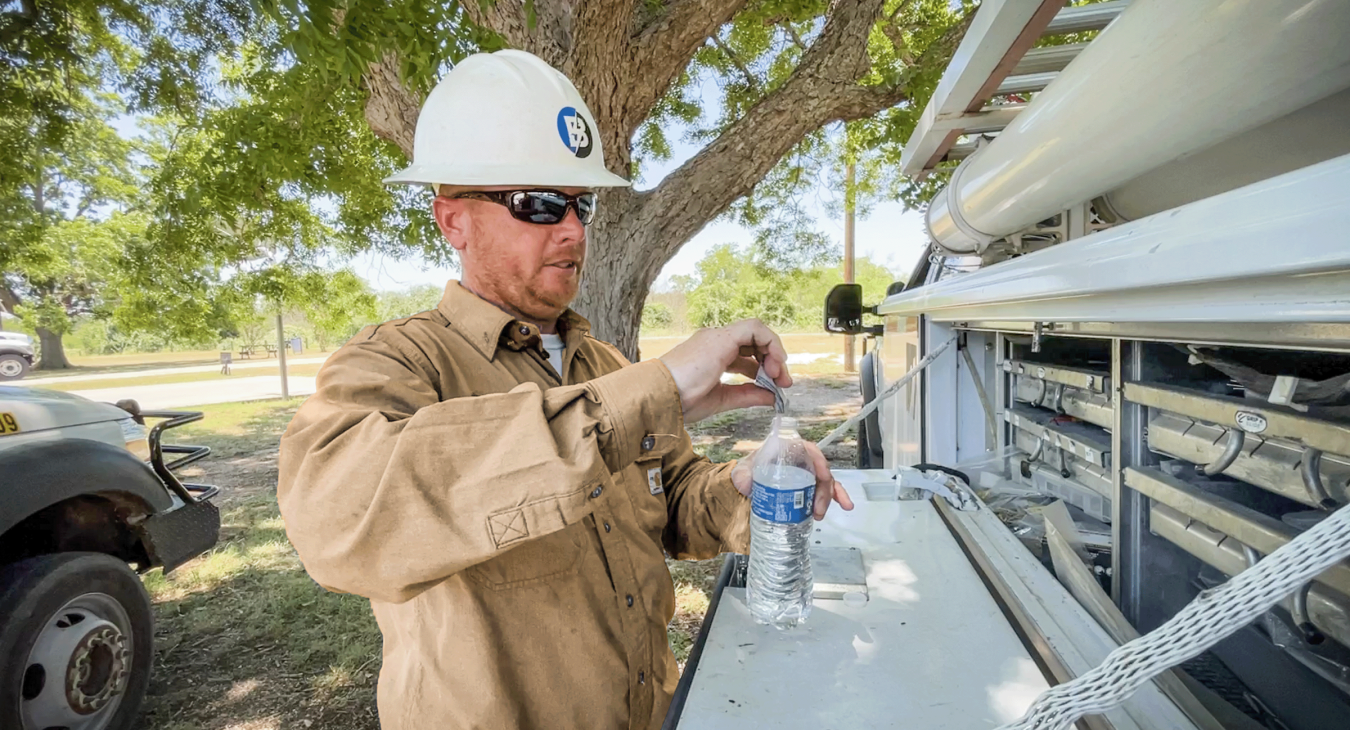Pour electrolyte powder into a cold bottle of water to boost hydration. These powders use an optimal sodium-to-glucose ratio that helps your body absorb fluids more efficiently. This balance speeds up rehydration, replenishes electrolytes lost through sweat and helps you stay energized — especially in extreme heat.
How lineworkers stay cool on the job
Some jobs don’t pause for the heat — and that includes the work of Bluebonnet Electric Cooperative’s lineworkers. Whether restoring power during an outage or performing routine maintenance, these essential workers often face extreme outdoor temperatures.
While routine jobs are scheduled earlier in the day to avoid peak heat, emergency repairs can happen anytime. To stay safe and perform at their best, lineworkers rely on proven strategies to beat the heat. Here are some of their go-to tips:
HYDRATE OFTEN. Water is your best friend. Add electrolyte powders with sodium, potassium, calcium and magnesium to replace minerals lost sweating. Some workers prefer pickle juice — it helps with cramps and keeps you hydrated.
COOL YOUR BODY. Apply cool water or damp towels to your wrists, neck, temples and behind your knees. Cold sponges or chilled water bottles work well, too.
PROTECT YOUR HEAD. Wear a wide-brimmed hat with a wet bandana inside for sun protection and extra cooling.
TAKE SHADED BREAKS. Set up a tent or canopy for quick rest stops. Battery-powered fans or misting sprays can speed up cooling.
WEAR LIGHT CLOTHING. Even with safety gear, choose the lightest breathable materials to stay comfortable.
WATCH FOR SIGNS OF HEAT STRESS. Look for cramps, heavy sweating, headache, dizziness or fainting in yourself and teammates. Help immediately if needed.
EAT HYDRATING FOODS. Snack on watermelon, cucumbers, oranges or strawberries to boost hydration.

Guidelines to keep yourself safe in the heat
Central Texas heat arrives fast and fierce — even before summer officially begins on June 21. Consecutive days of triple-digit temperatures can be dangerous for people, pets and livestock.
Use this guide to stay safe during extreme heat. It includes signs and symptoms of heat illness, cooling strategies and regional resources to keep you informed.
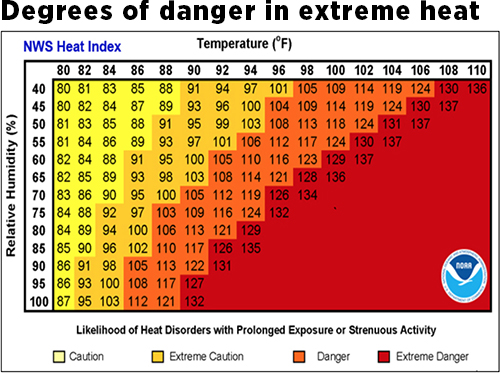
Heat warning levels
Excessive Heat Outlook
Issued when an excessive heat event is possible in the next three to seven days. This early notice helps communities and emergency managers prepare in advance.
Excessive Heat Watch
Issued when conditions are favorable for a heat event within 24 to 72 hours. Temperatures and timing may still be uncertain, but the risk is elevated.
Heat Advisory
Issued within 12 hours of extremely dangerous heat conditions. This typically means:
- Heat index of 100°F or higher for at least two consecutive days
- Nighttime temperatures that remain above 75°F
Take immediate precautions to avoid heat-related illnesses, which can become life-threatening.
Know the signs of heat-related illnesses
Heat-related illnesses can develop quickly and become dangerous if not treated. Check yourself and others for symptoms of dehydration, heat exhaustion or heat stroke, especially during prolonged exposure to high temperatures.
When working in the heat, monitor co-workers and ask them to do the same for you. Heat illnesses can cause confusion or unconsciousness. Adults 65 and older should have someone check on them twice a day during a heat wave. If you know someone in this age group, check in on them regularly.
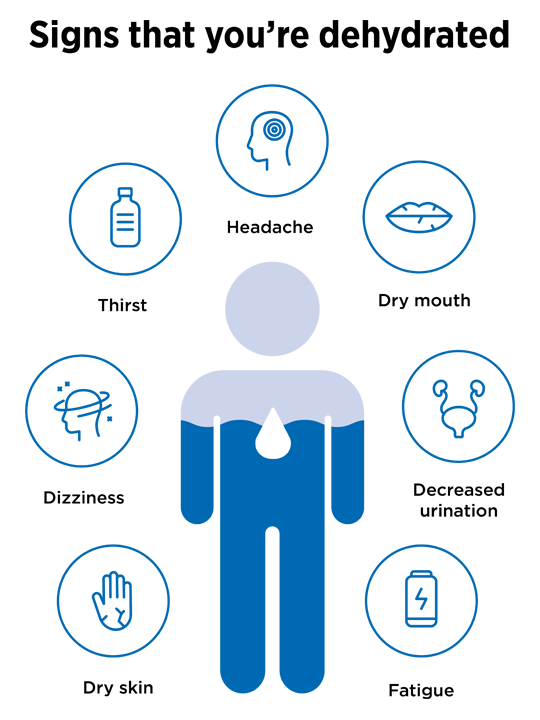
Dehydration
Symptoms:
- Thirst
- Dark yellow urine with a strong smell
- Dizzy or lightheadedness
- Dry mouth, lips or eyes
- Urinating less than four times a day
What to do:
Drink clear fluids like water, sports drinks, ice pops or clear broths. Move out of the sun and into a cooler environment.
Heat cramps
Symptoms:
- Painful muscle cramps
- Muscle spasms, often in the legs and abdomen
- Heavy sweating
What to do:
Apply firm pressure or gently massage the affected muscles. Offer small sips of water, but stop if nausea occurs. Seek medical attention if cramps last longer than an hour.
Heat exhaustion
Symptoms:
- Confusion or irritability
- Heavy sweating
- Elevated body temperature
- Weakness or fatigue
- Cool, pale, moist skin with goose bumps in the heat
- Weak but rapid pulse
- Muscle cramps
- Headache
- Dizziness, nausea or vomiting
- Fainting
What to do:
Move to a cool, air-conditioned space. Stay with the person. Loosen clothing and apply cool, wet cloths, or have the person sit in a cool bath. Offer frequent sips of water. Seek medical help if symptoms worsen, last longer than an hour or if vomiting occurs.
Heat stroke
Symptoms:
- Throbbing headache
- Confusion or dizziness
- Nausea
- Body temperature above 103°F
- Hot, red, dry or damp skin
- Rapid, strong pulse
- Fainting or loss of consciousness
What to do:
Call 911 or go to the nearest emergency room immediately. Heat stroke is a medical emergency.
Move the person to a cooler area. Lower their body temperature with cool cloths or a cold bath.
Use fans only indoors with air conditioning. In very high outdoor temperatures, fans may worsen the condition.
Do not give fluids.
Keeping pets cool
Keep your pets safe in the summer heat by limiting exercise to early morning or evening hours. Always provide shade and plenty of cool, fresh water when they’re outside. Help them stay cool with a raised bed or a cooling mat, vest or wrap. Plan fun, water-based activities like splash pads or sprinklers to keep your dog active and refreshed. Never leave your pet in a parked car — temperatures inside can quickly become deadly, even on milder days.
If you're hot, your pets are hotter
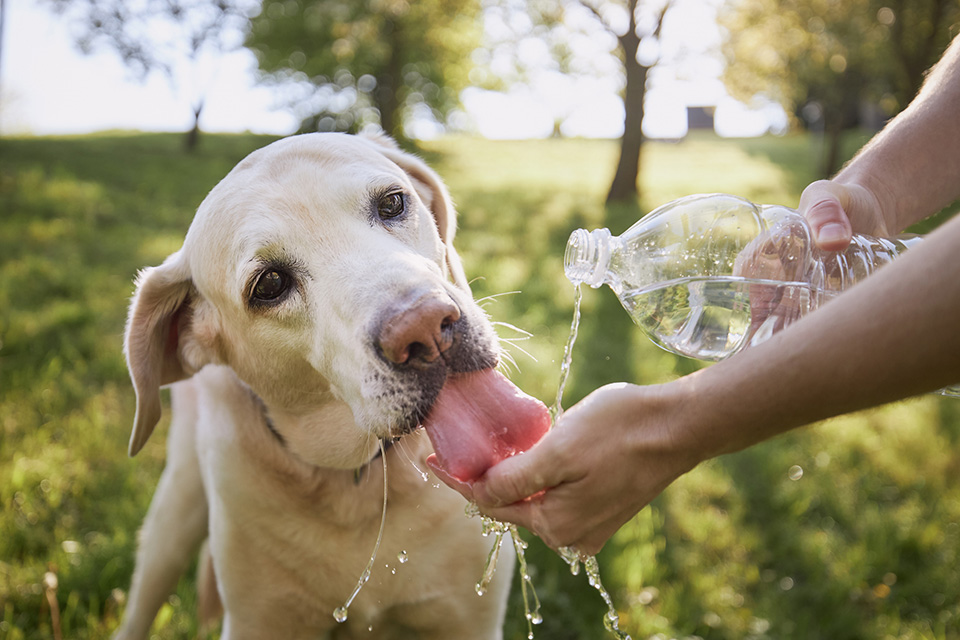
Our furry friends can overheat more quickly than we do. Knowing the signs of heat stress in pets could save their lives. Watch for these symptoms of overheating:
- Excessive panting
- Drooling
- Red or bright pink gums and tongue
- Disorientation, dizziness or poor coordination
- Anxiety or restlessness
- Vomiting
- Diarrhea, possibly with blood
- Low urine output
- Warm or hot skin
- Rapid heartbeat
- Sweating from paw pads
If your pet shows any of these signs, move them to a cool, shaded or air-conditioned space immediately. Offer small amounts of water and contact your veterinarian.
For more, visit akc.org.
Stay informed in extreme heat
During periods of excessive heat, staying informed can help keep you, your family safe and pets.
If you live in Lee, Fayette, Travis or Bastrop counties, sign up for Warn Central Texas — a free service that sends emergency alerts by phone, text or email during events, including dangerous heat waves and power outages.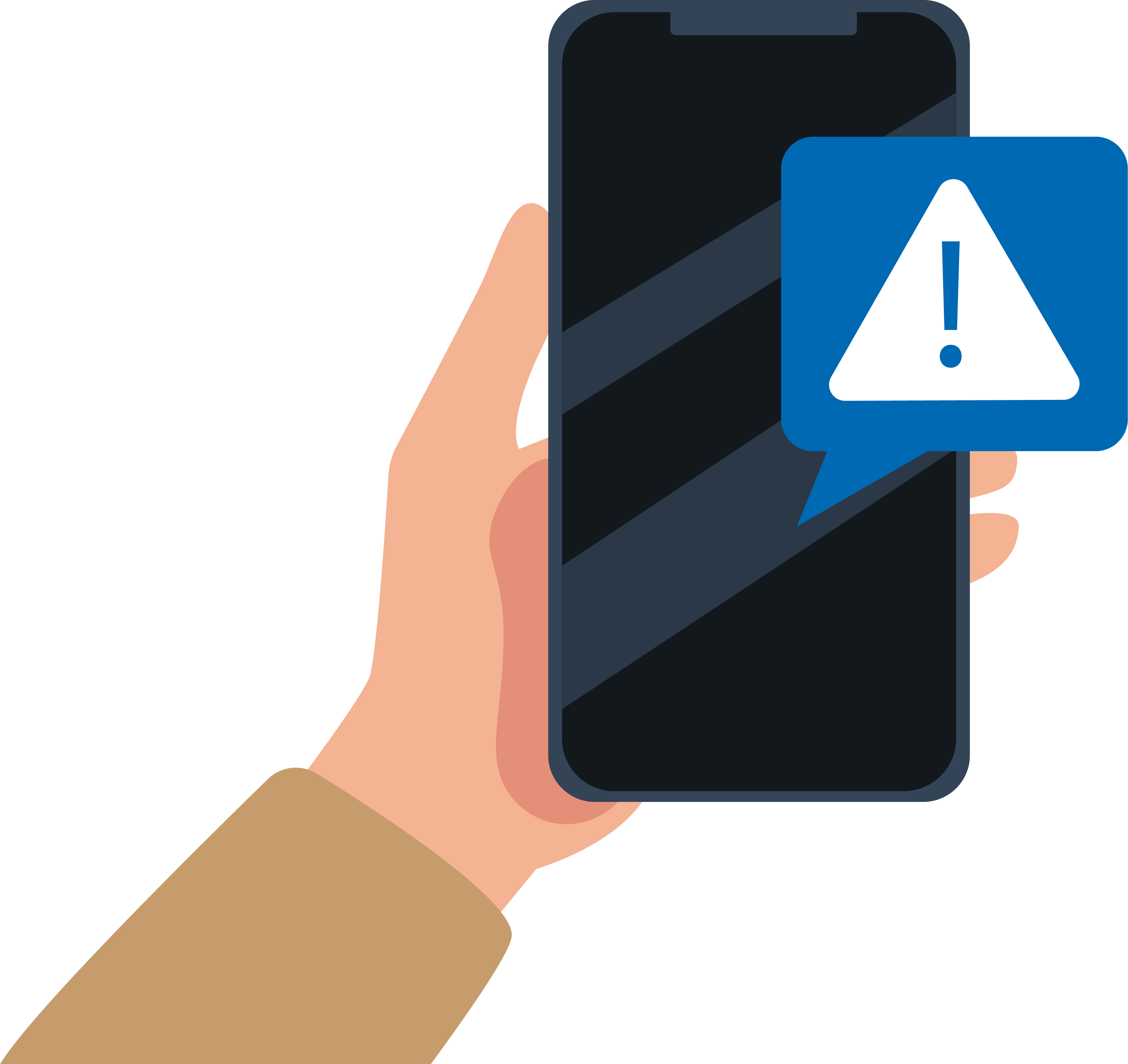
Residents of Washington, Burleson and Guadalupe counties can sign up to receive similar emergency notifications through their local emergency management offices.
For daily forecasts and up-to-date heat advisories, visit the National Weather Service.





